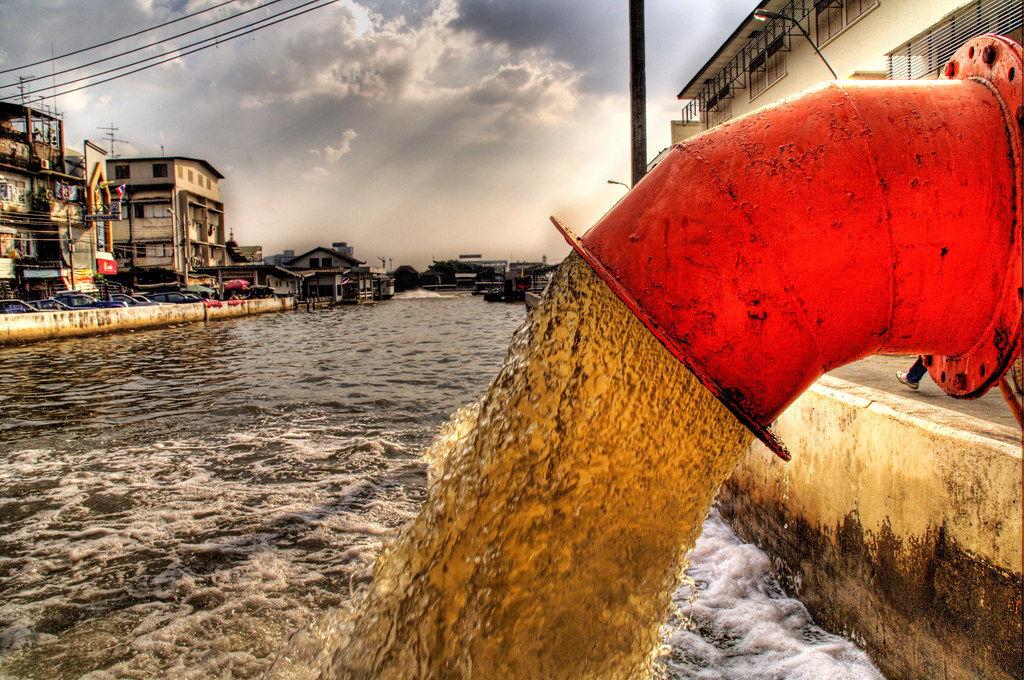Sewage overflow is a common and often disastrous occurrence that poses significant threats to public health and the environment. When sewage systems fail, rapid and efficient cleanup is essential to prevent further contamination and restore affected areas. Seamless sewage cleanup services play a crucial role in responding to these emergencies, employing specialized expertise and cutting-edge technology to mitigate the damage and facilitate recovery. In this article, we explore the importance of seamless sewage cleanup and the vital role it plays in rescuing communities from the aftermath of sewage overflows.
Understanding Sewage Overflow
Sewage overflow occurs when wastewater exceeds the capacity of the sewer system, leading to spills or leaks into the surrounding environment. This can happen due to various factors, including blockages, heavy rainfall, or system malfunctions. Sewage overflow poses serious risks, contaminating water sources, damaging property, and spreading harmful pathogens and pollutants.
The Significance of Seamless Sewage Cleanup
Timely Response
Sewer line replacement services prioritize rapid response to sewage overflow incidents. Time is of the essence in these emergencies, as delays can exacerbate contamination and increase health risks for residents. Seamless cleanup teams are equipped to mobilize quickly, containing the spill and initiating cleanup efforts without hesitation.
Specialized Expertise
Sewage cleanup requires specialized knowledge and skills to handle hazardous materials safely and effectively. Seamless cleanup teams undergo rigorous training in hazardous material management, safety protocols, and cleanup techniques specific to sewage spills. Their expertise enables them to assess the situation, develop a customized cleanup plan, and execute cleanup procedures with precision and efficiency.
Advanced Technology
Seamless sewage cleanup teams leverage advanced technology and equipment to streamline cleanup operations. From high-powered pumps and vacuums for sewage extraction to sophisticated filtration systems for water treatment, these teams utilize cutting-edge tools to expedite the cleanup process and ensure thorough removal of contaminants from affected areas.
The Seamless Cleanup Process
Assessment and Containment
The cleanup process begins with a thorough assessment of the overflow to determine the extent of contamination and identify potential hazards. Seamless cleanup teams employ advanced techniques such as remote sensing and GIS mapping to gather data and inform cleanup strategies. Containment measures are then implemented to prevent the spread of contamination and minimize environmental impact.
Extraction and Decontamination
Once the overflow has been contained, sewage extraction and decontamination efforts commence. Seamless cleanup teams deploy specialized equipment to remove sewage and contaminants from affected areas, including streets, buildings, and waterways. Thorough decontamination procedures are employed to ensure that surfaces are clean and safe for habitation.
Restoration and Rehabilitation
After the sewage has been removed and the area decontaminated, restoration and rehabilitation efforts begin. Seamless cleanup teams work to repair damaged infrastructure, restore natural habitats, and mitigate the long-term impact of the overflow. This may include repairing sewer lines, restoring vegetation, and implementing erosion control measures to prevent further environmental damage.
Challenges and Considerations
Health and Safety Risks
Sewage cleanup poses significant health and safety risks to cleanup crews and residents alike. Seamless cleanup teams prioritize safety, implementing rigorous safety protocols and providing workers with personal protective equipment to minimize the risk of exposure to hazardous materials.
Environmental Impact
Sewage overflows can have a profound impact on the environment, contaminating water sources, harming wildlife, and disrupting ecosystems. Seamless cleanup teams strive to minimize environmental damage through careful planning and implementation of cleanup strategies that prioritize environmental protection and sustainability.
Public Perception and Communication
Effective communication with the public is essential in sewage cleanup efforts, as residents may be understandably concerned about the health and safety risks associated with sewage overflow. Seamless cleanup teams maintain open lines of communication with affected communities, providing timely updates and addressing concerns to foster trust and cooperation.
Case Studies: Exemplary Cleanup Efforts
Coastal Cleanup in Florida
Following a sewage overflow along the Florida coast, a seamless cleanup team was called in to address the contamination and restore water quality. Through rapid response and meticulous cleanup efforts, the team successfully mitigated the impact of the overflow, preserving marine ecosystems and safeguarding public health.
Urban Restoration in New York City
In the aftermath of a sewer line blockage in New York City, a seamless cleanup team was tasked with cleaning up the overflow and restoring affected areas. Utilizing advanced technology and expertise, the team effectively removed sewage and contaminants from streets and buildings, ensuring a swift and thorough cleanup process.
Conclusion
Seamless sewage cleanup plays a vital role in rescuing communities from the aftermath of sewage overflows. Through their timely response, specialized expertise, and advanced technology, seamless cleanup teams ensure that affected areas are thoroughly cleaned and restored to a safe and habitable condition. As sewage overflow continues to pose challenges, the contributions of seamless cleanup teams remain essential in safeguarding public health and environmental quality.









